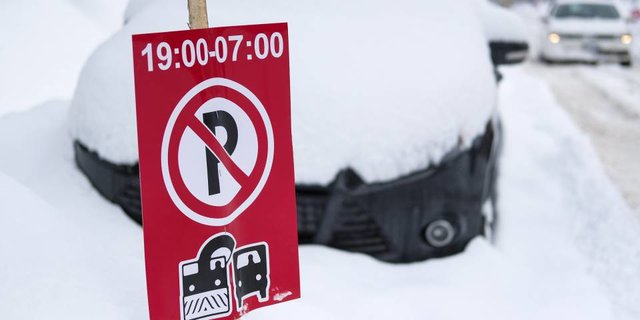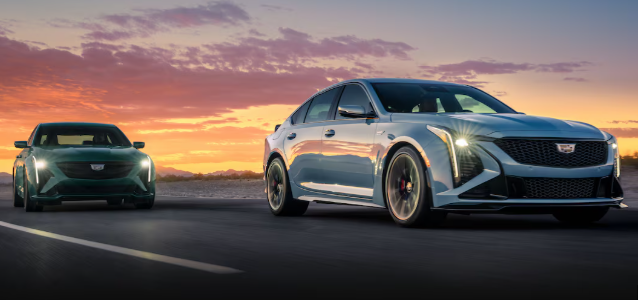There’s no question our Canadian season of discontent is hard on our vehicles, but what Mother Nature throws at our rides sometimes pales in comparison to what damage we do ourselves. While reversing bad habits can be hard, the money we will save will ease the pain.
Spinning tires. Admit it, we’ve all done if from time to time with little or no detrimental effects. But if you’re really mired in the white stuff, there are a few things to know before putting the pedal to the metal. When only one of two wheels on an axle has traction and the other is simply spinning, it’s spinning at twice the speed shown on your instrument panel. While final differential gears are made of tough stuff, things can get hot and bearing and gear damage can occur from prolonged and high rates of wheel spin.
When you add in the risks associated with ‘rocking’ a vehicle by quickly switching from forward to reverse, you’ve got the recipe for a perfectly high repair bill. Rocking is a skill that few drivers have mastered and if your vehicle is still stuck after only a few gentle tries, you’re best left to consider alternative approaches, such as improving surface traction or enlisting some help.
One of the weakest links in an AWD vehicles is the bolt-on power transfer unit that delivers energy to the rear wheels on a predominantly front-drive vehicle. Excessive and improperly executed rocking maneuvers can reduce these expensive components to scrap very quickly. And of course, none of this takes into account the risk you pose to anyone exposed to the wheel’s wake of sometimes solid and hard projectiles or what happens when your tires suddenly gain traction and your lead foot is still hard on the throttle. The word ‘launch’ comes to mind.
Forcing frozen power windows. More than a few automakers are guilty of installing power window motors powerful enough to snap or break frozen window hardware without the protection of a circuit limiter, an electrical component that disrupts power supply to a device if it fails to operate freely. The popularity of the ‘auto-down’ feature makes it easy to keep a window motor engaged while the glass is still frozen in its track. On any particularly frosty day, especially those preceded by any amount of liquid precipitation, always be cautious when testing your auto’s windows for movement.
If your ride is equipped with auto-down windows, be prepared to immediately shut the switch off. Banging on the glass isn’t a wise way to handle things, as you risk cracking or breakage the pane. The best approach is simply letting things warm up via the on-board heater, or parking for a short time in a heated garage.
Swooshing through deep powder. It’s really hard to resist this, considering that almost every car commercial this time of year shows a shiny, AWD beast exploding through a pristine snow drift in some idyllic winter setting. But those well-scripted ads never display the aftermath that all that pretty white stuff can cause under the hood and carriage. If any plastic under-body shields are broken, cracked, or missing, that powdered snow can get sucked into the engine’s exterior drive-belts where it can easily dislodge a belt or two, leading to charging system failures – or worse.
In addition, it can pack into and onto various under-body components where the heat from the engine and overnight temperature drops can create a thaw-freeze cycle to transform that white stuff into a concrete-like substance. This can cause severe drive-line vibrations, and break or damage sensitive parts such as wheel speed sensor wiring or plastic under-panels.









